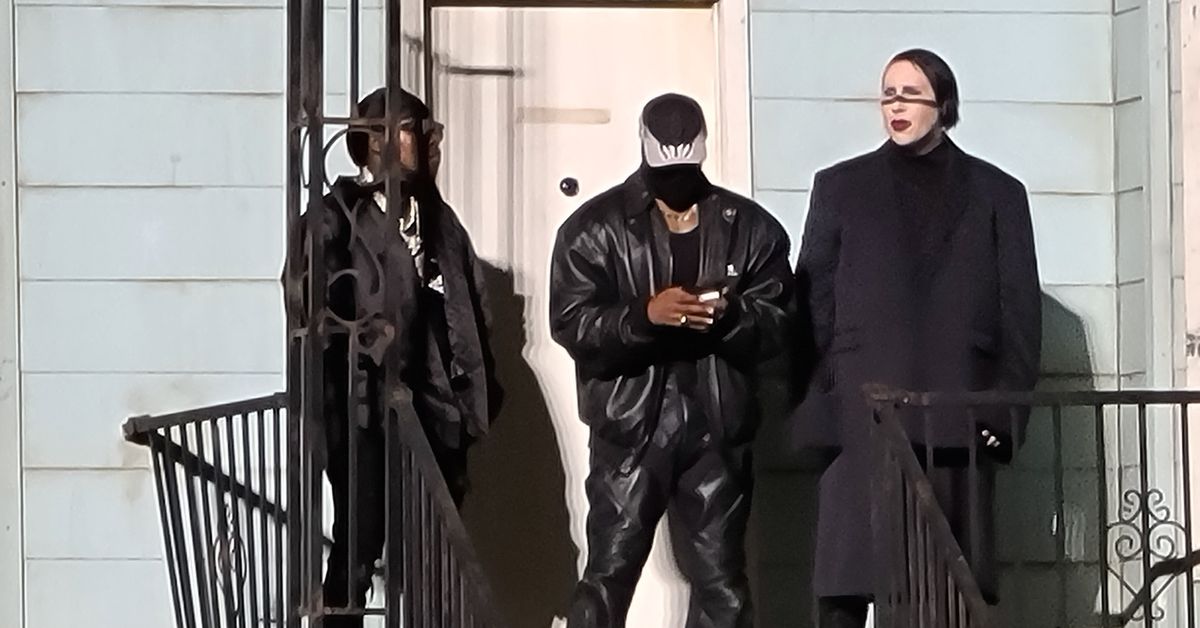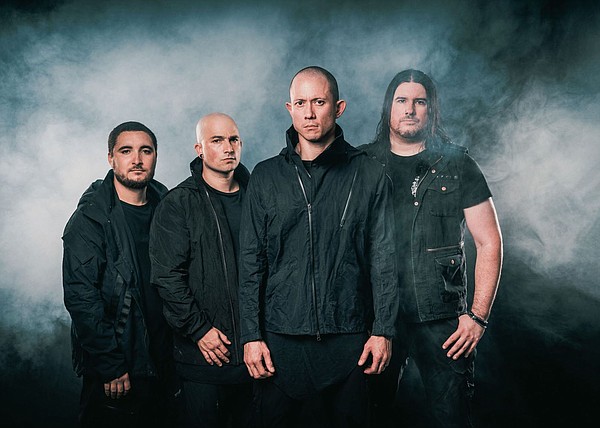NASHVILLE – Kenny Malone, a prolific session drummer from Nashville whose quivering snare beats haunted Dolly Parton’s # 1 country hit “Jolene” in 1973 and whose jazz swing groove anchored Crystal Gayle’s crossover smash “Doesn’t that make my brown eyes blue” in 1977, died Thursday in a hospital here. He was 83 years old.
A friend and collaborator, Dave Pomeroy, said the cause was Covid-19.
A versatile and imaginative percussionist, Mr. Malone has performed on recordings by dozens of artists in various genres, including John Prine and Charley Pride (both also died of complications from Covid-19 during the pandemic), as well as Alison Krauss, Guy Clark, Kenny Rogers, Ray Charles, Emmylou Harris, Waylon Jennings and Béla Fleck, among others.
His impeccable cymbal work and rimshots particularly propelled that of Dobie Gray. “Move away” a Top 10 pop hit in 1973. And the stylistic scope he commissioned was impressive, from the warm atmospheres of “Jolene” to the countrypolitan sophistication of “Don’t It Make My Brown Eyes Blue”.
“I need versatility and the ability to play a lot of different styles,” Mr. Malone said in a 1985 interview with Modern Drummer magazine. “In recording, if I’m not careful, I start to feel stale, or I feel like there isn’t much room for expansion and growth.”
On two occasions early in his career, he said, he briefly stopped working in session and only performed live with a jazz quartet. (Along with Mr. Pomeroy, a bass player, he later founded the Tone Patrol Quintet, a respected Nashville ensemble that mixed jazz and world music.)
To keep his approach fresh on his definitive return to the studio, Mr. Malone dove into painting and began working no more than two recording sessions a day, compared to the usual three or four.
He also devised a hand percussion technique derived from the conga and invented a clay drum called an “og” and a hand shaker made of metal and wood.
A little mystical, Mr. Malone heard music everywhere and was happy about it. “Music is present in everything, not just in the instruments we play,” he told Modern Drummer. “The way chords, melody and rhythm work together reflects our emotions. Everything we hear forms a visual image or attitude of a place, time or environment.
In a biography of Mr. Malone for allmusic.com, guitarist Eugene Chadbourne developed this philosophy, writing: “This is the drummer who, upon hearing the words of a song describe a woman slitting a man’s throat. , told the producer to hang on for a moment as he went to get a different cymbal from his van, one that had just the right “scream” for the job.
Kenneth Morton Malone was born August 4, 1938 in Denver. Her parents, Harry and Minnie (Springstun) Malone, owned a flower shop.
Mr. Malone started playing the drums at the age of 5. ”(2005), by Tony Artimisi. “I think it was the Firehouse Five in 1943. My mom and dad gave me a drum for Christmas. It started it all.
Four years later, he was playing with a brass band sponsored by the Denver Police Department and learning about jazz and classical music.
“My first idol was Gene Krupa,” he said in “Rhythm Makers”. “I saw Gene Krupa and Buddy Rich have a drum battle in Denver with Jazz at the Philharmonic with Ella Fitzgerald, Stan Getz and all these wonderful players. I was just hooked forever.
Mr. Malone enlisted in the Navy at age 17 and toured with bands there, eventually becoming director of the percussion department at the Naval School of Music in Virginia Beach, Virginia.
He spent 14 years in the Navy before deciding to move to Nashville with his family in 1970 to get started as a studio musician. Her first recording session was with rockabilly pioneer Carl Perkins.
Mr. Malone married Corena Quillen, known as Janie, in 1958. In addition to her, he is survived by two daughters, Teresa Rich and Karen Powers; one sister, Jeanette Scarpello; five grandsons; four granddaughters; and many great-grandchildren. (Another daughter, Laura Pugh, died in 2009, and a son, Kenneth Jr., died in 2018.)
Despite his musical gifts, Mr. Malone first had to adapt to Nashville’s recording methods.
“I was over there playing and the producer said, ‘What the hell are you doing? “” he told Modern Drummer. “I didn’t know you could overdub, so I was playing everything at the same time – tambourines, you name it. I literally had to go down with one hand and one foot. I had to unlearn everything about the technical stuff. There was a completely different feel to the recording.




